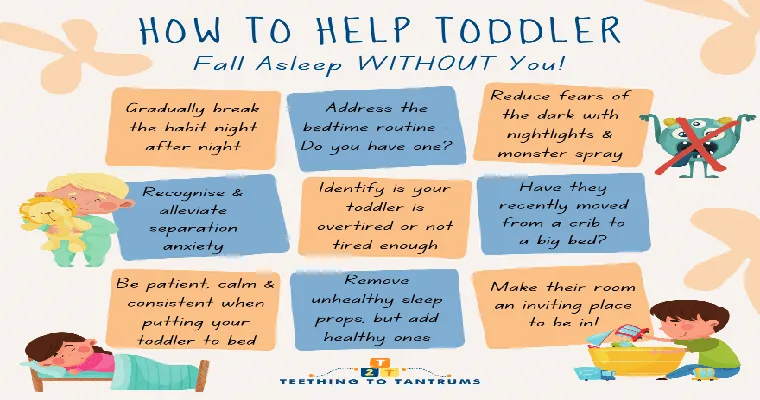A good night's sleep is essential for overall health and well-being, and "breathing" plays a crucial role in achieving quality sleep. Understanding the connection between "sleeping at night" and "breathing" can help individuals improve their sleep patterns and enhance their health. This article explores the importance of "breathing techniques", the impact of sleep disorders on breathing, and tips for optimizing your nighttime breathing for better rest.
Breathing is an automatic process that we often take for granted, yet it significantly influences our sleep quality. During sleep, our bodies undergo various stages, including REM and non-REM sleep, each requiring a different level of "oxygen" intake and "carbon dioxide" release. When we breathe properly, we ensure that our body receives enough oxygen to repair and rejuvenate itself, while also effectively expelling carbon dioxide. However, many individuals struggle with "breathing issues" at night, which can lead to disrupted sleep and various health problems.
One common breathing-related issue during sleep is "sleep apnea". This condition causes the airway to become blocked or narrow, leading to pauses in breathing or shallow breathing. As a result, individuals often experience fragmented sleep, excessive daytime sleepiness, and a host of other health complications. If you suspect that you or a loved one may suffer from sleep apnea, it is vital to consult a healthcare professional for diagnosis and treatment options.
Another factor to consider is the impact of "sleep position" on breathing. Sleeping on your back can increase the likelihood of airway obstruction, while sleeping on your side can help keep the airway open. Experimenting with different sleep positions may reveal which one allows for easier and more efficient breathing, leading to deeper and more restorative sleep.
To optimize your "breathing at night", consider incorporating certain techniques into your bedtime routine. Practicing "deep breathing exercises" can help calm the mind and body, preparing you for restful sleep. Techniques such as diaphragmatic breathing or the 4-7-8 breathing method can promote relaxation and enhance oxygen flow, making it easier to drift off to sleep.
Creating a conducive sleep environment is also essential for optimal breathing. Ensure your bedroom is well-ventilated and maintain a comfortable temperature to promote easy breathing. Avoiding allergens such as dust mites and pet dander by keeping your sleeping area clean can also lead to a more restful night.
Additionally, maintaining a healthy lifestyle can improve your breathing patterns during sleep. Regular exercise, a balanced diet, and avoiding substances such as tobacco and excessive alcohol can all contribute to better sleep quality and breathing efficiency.
In conclusion, the relationship between "sleeping at night" and "breathing" is vital for overall health. By understanding how breathing affects sleep and implementing strategies to improve it, individuals can enhance their sleep quality, leading to better physical and mental health. Prioritizing a healthy sleep environment, practicing effective breathing techniques, and seeking help for sleep disorders can all contribute to a more restful and rejuvenating night’s sleep.





